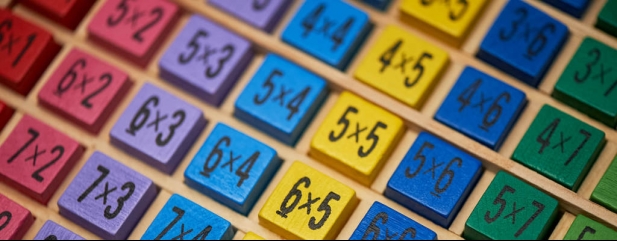Archived article
Please note that tax, investment, pension and ISA rules can change and the information and any views contained in this article may now be inaccurate.
Doing the maths: the benefits of using the new ISA allowance immediately

Right now, many investors will be rushing to make their ISA contribution for the current tax year before the 5 April deadline. But there is a breed of investor who always gets their ISA contributions in at the beginning of the tax year, and they will be calmly waiting for the 6 April to roll around, so they can make use of their ISA allowance for the next tax year as soon as possible.
Historical performance shows these ‘early bird’ ISA investors actually end up with more money than the ‘late birds’ who wait until the end of the tax year to use their allowance.
An early bird who started saving £3,000 a year when ISAs were introduced in 1999 would now have £135,611 if invested in the FTSE All Share.

That’s £4,919 more than the £130,692 a late bird would have, assuming they started saving in the same tax year as the early bird, just at the end rather than the beginning.
You might be forgiven for thinking that’s simply because the market rose in the first year of investment, which it did in this case, by 6.7%. It’s true that a strong first year of investment helps the early birds get off to a flying start.
Looking at starting an ISA savings plan in the tax year 2009/10, the early bird would have benefited from a rise of more than 50% in the market between April 2009 and April 2010, as markets recovered sharply after the financial crisis, which the late bird would have missed out on completely. As a result, the early bird would now be sitting on £55,072, compared to £49,659 in the late bird’s ISA.
What’s more surprising though, is that in the long term, the early birds still tend to do better even when the market falls sharply just after they’ve contributed.
An early bird investor starting to save in April 2008 would have endured a 30% fall in the value of their initial investment by the time the late bird came along to make their ISA contribution in April 2009. This was the period when the financial crisis really hit equity markets.

PLAYING CATCH UP
In our example, at the end of the tax year in April 2009, the late bird would have the £3,000 they just put into the ISA, whereas the early bird would have only £2,093, because they had suffered a 30% fall in the value of their investment.
After that first year, the late bird was way ahead. But over the long term the early bird still comes up trumps, accumulating £61,108 today by investing £3,000 at the beginning of each tax year.
By comparison the late bird comes away with £58,240 by investing their £3,000 at the end of each tax year.
In fact, the stock market bounce-back in 2009 was so strong, that by the end of the second tax year, in April 2010, the early bird would already have been back ahead, and the late bird then continues to fall further behind.
Early birds will do better most of the time because they almost always have more invested in the market than the late birds, and over time, the market rises more than it falls.
If you’re rushing to use this year’s ISA allowance, give some thought to following on and becoming an early bird in the next tax year, which begins on 6 April. Whether you’re early or late, you can still end up with a sizeable nest egg if you use your ISA allowance each year but going early definitely gives you a considerable edge.
WHAT IF I DON’T HAVE A SPARE £20,000?
If you don’t have the money to hand, then a halfway house is a regular savings plan, which drip feeds money into the market throughout the year. This approach tends to produce results somewhere in between the early birds and the late birds.
Again, this simply comes down to how long your money is invested in the market compared to the other approaches.
Regular monthly investments also make for a smoother journey and take the faff out of saving, because they’re taken directly from your bank account. In fact, you can even set up a regular saving ISA for 2021/22 at the same time as making your contribution for this tax year.
Important information:
These articles are provided by Shares magazine which is published by AJ Bell Media, a part of AJ Bell. Shares is not written by AJ Bell.
Shares is provided for your general information and use and is not a personal recommendation to invest. It is not intended to be relied upon by you in making or not making any investment decisions. The investments referred to in these articles will not be suitable for all investors. If in doubt please seek appropriate independent financial advice.
Investors acting on the information in these articles do so at their own risk and AJ Bell Media and its staff do not accept liability for losses suffered by investors as a result of their investment decisions.

 magazine
magazine








